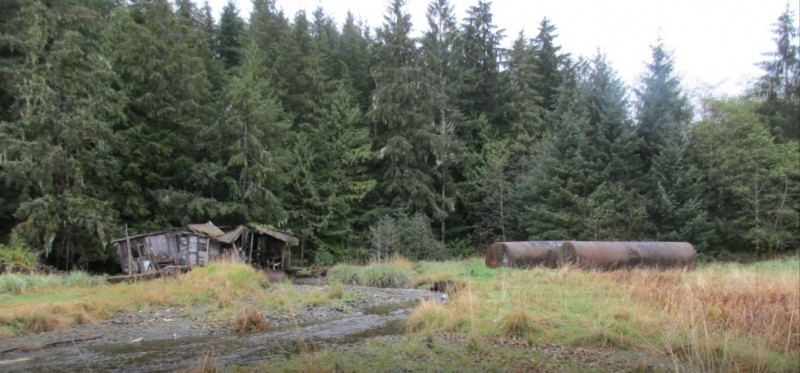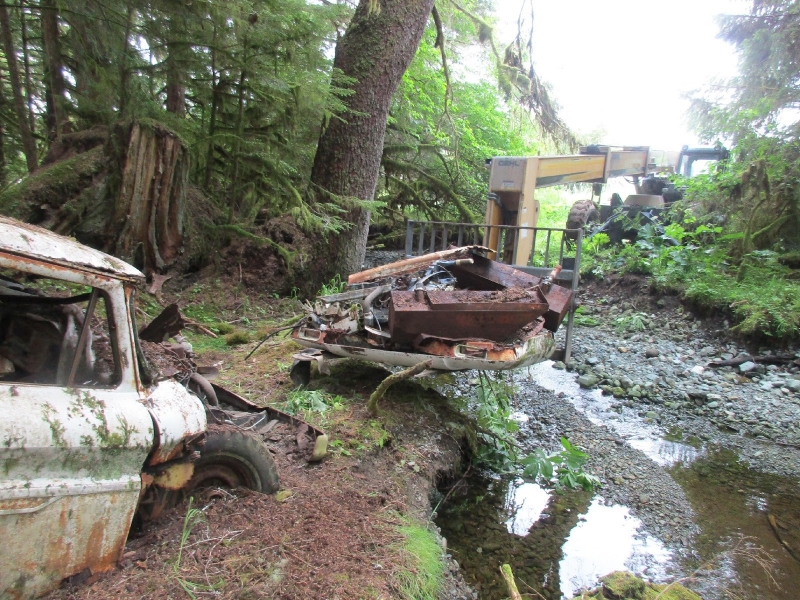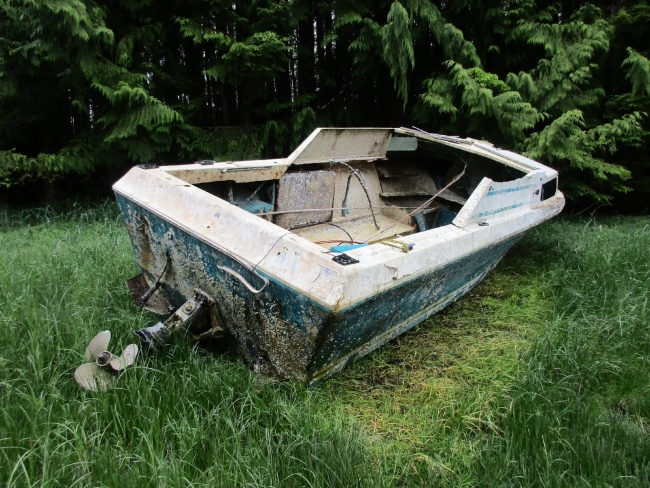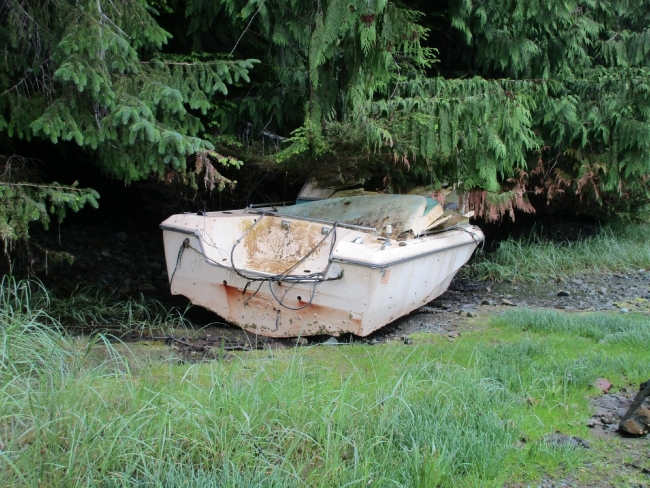Guest blog by: Rob Cadmus, Executive Director of the Southeast Alaska Watershed Coalition
Wild salmon still thrive in Southeast Alaska. Every year, they return to clean, free flowing rivers to spawn, and in doing so, they support the bears, eagles, and the commercial and subsistence fishers of the region. As they grow into juveniles, these baby salmon fry drop from their natal streams into brackish estuaries that act as nurseries for them to grow in. But what’s a salmon to do if their estuary is clogged with abandoned trucks, sinking boats, and logging refuse?

While Alaska may still have many wild places, it's not immune to the impacts of humans. Lessons learned from the tragic decline of salmon in the Pacific Northwest and Atlantic coasts have shown us that each life stage of a salmon, from egg to adult, requires a specific habitat and degradation of that habitat can have serious negative impacts. At the Maybeso Estuary is a beautiful salt marsh located near the community of Hollis on Prince of Wales Island, Alaska, past logging operations and illegal dumping left considerable debris on the tideflats and along a salmon stream, including an abandoned float house, old trucks, numerous boats, and two large metal containers. This debris was not just an eyesore, but was changing the flow of a salmon stream and partially blocking stream access for salmon. The presence of the refuse started to attract more illegal dumping, and aging boats and skiffs were abandoned here because people assumed no one cared.
During the summer of 2020, the Southeast Alaska Watershed Coalition teamed up with the Hollis Community Council, the Hollis Mine, the NOAA Marine Debris Program, and the National Marine Sanctuary Foundation to clean up the Maybeso Estuary. With a heartwarming amount of volunteer power from local residents and businesses, including the use of the Hollis Mine’s laborers and heavy machinery, around 35,000 pounds of debris was removed from the site.

While the salmon will surely benefit from having a clean and accessible nursery, the people of Prince of Wales Island are benefiting too. The Maybeso Estuary is used by the community of Hollis for fishing, boating, and outdoor recreation. It is also located adjacent to the only working ferry terminal on the Island, with all inter-island traffic passing within view of the estuary. By cleaning up and caring for such a visible site, the community of Hollis is showcasing that they steward their salmon habitat, while sending a message to others they expect them to do the same.

A special thanks to Robert Fithian at the Hollis Mine, community members Steve McCurdy & John Ryan, and Peter Murphy from the NOAA Marine Debris Program for working with the Southeast Alaska Watershed Coalition to make this project happen!


